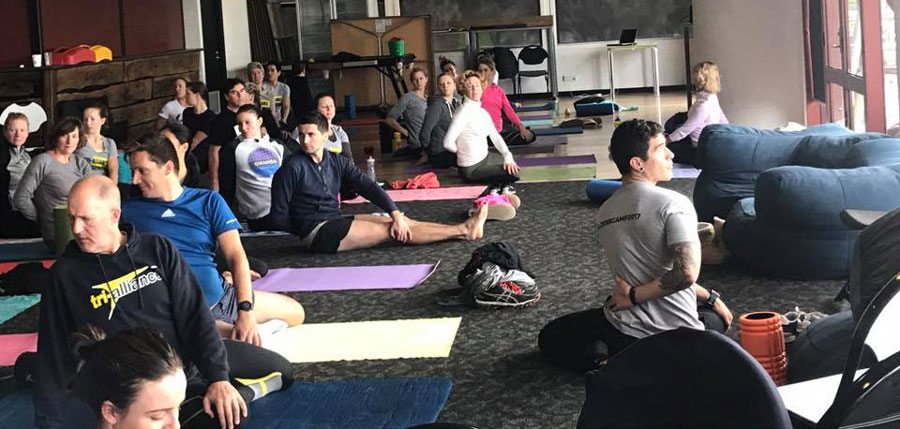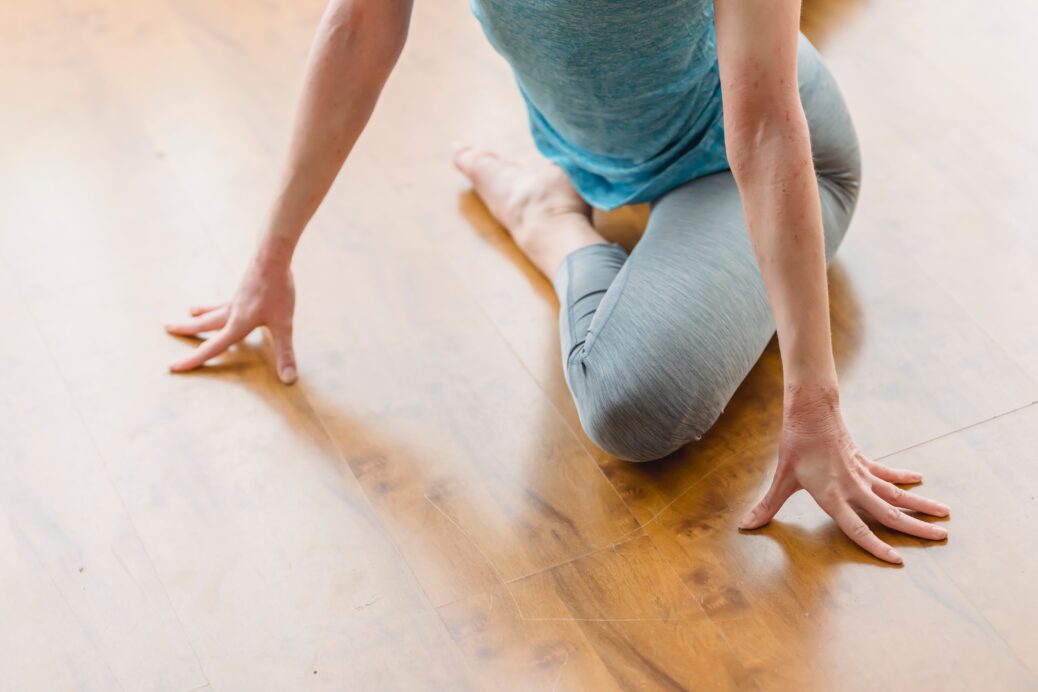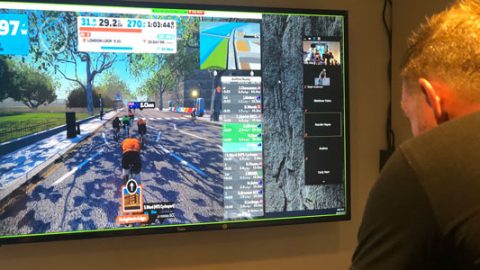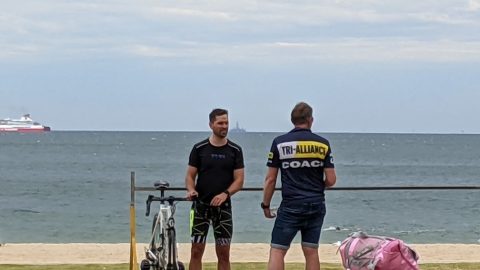Maintaining good pelvic girdle health involves a combination of strength-building exercises, release techniques, and ongoing maintenance strategies. Here are key methods for each aspect.
~ Ollie Allan ~
Click here to read the previous article: A Comprehensive Guide to Pelvic Girdle Health for Athletes

Strength Building
-
Compound Exercises:
– Incorporate compound movements like squats, deadlifts, and lunges. These exercises engage multiple muscle groups, including those in the pelvic girdle, promoting strength and stability.
-
Glute Activation Exercises:
– Include exercises specifically targeting the gluteal muscles, such as bridges, hip thrusts, and clamshells. Strong glutes contribute to pelvic stability and overall lower body strength.
-
Core Strengthening:
– A strong core is essential for pelvic stability. Integrate exercises like planks, Russian twists, and leg raises to build strength in the abdominal and lower back muscles.
-
Balanced Training:
– Avoid overemphasising one muscle group. Ensure a balanced training program that addresses all areas of the pelvic girdle to prevent muscle imbalances and potential injuries.
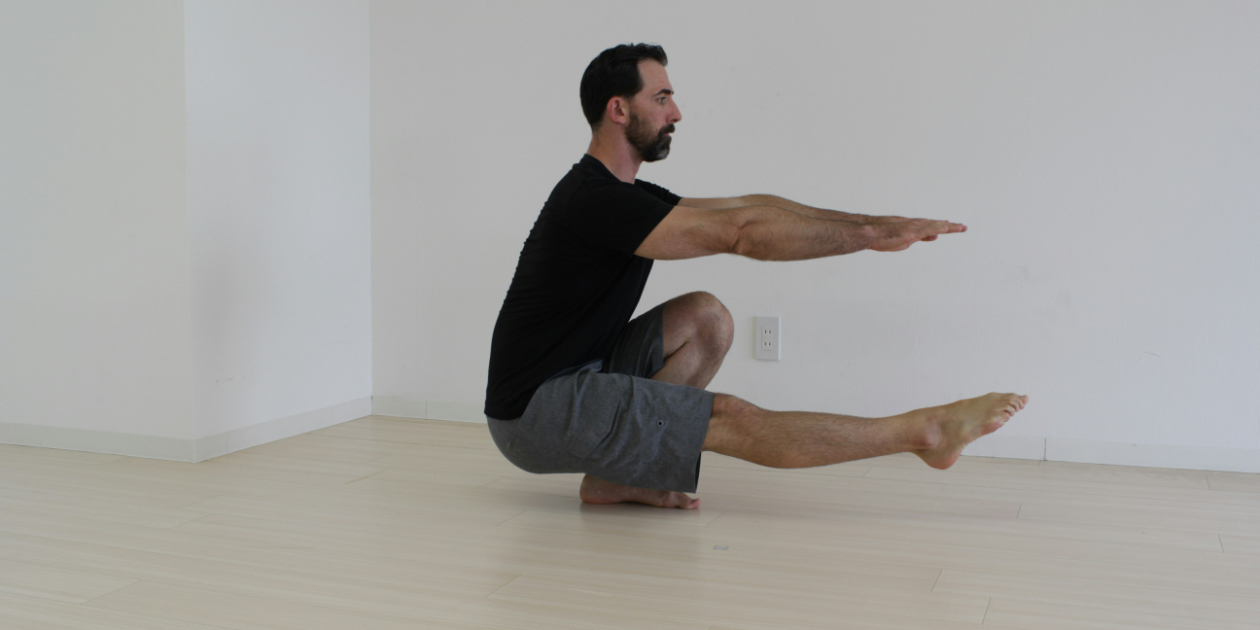
Release Techniques
-
Foam Rolling:
– Utilise foam rollers to release tension in tight muscles. Focus on rolling the hip flexors, IT band, quadriceps, and glutes to alleviate tightness in the pelvic region.
-
Massage and Manual Therapy:
– Seek professional massage or manual therapy to target specific areas of tightness or trigger points in the pelvic girdle. This can help release deep-seated tension and improve flexibility.
-
Stretching:
– Include dynamic and static stretching in your routine. Dynamic stretches, like leg swings, are beneficial for warm-ups, while static stretches, such as pigeon pose and butterfly stretch, can be employed for deeper release.
-
Mobility Exercises:
– Perform mobility exercises that involve controlled, dynamic movements. This can include hip circles, leg swings, and dynamic lunges to enhance range of motion in the pelvic girdle.
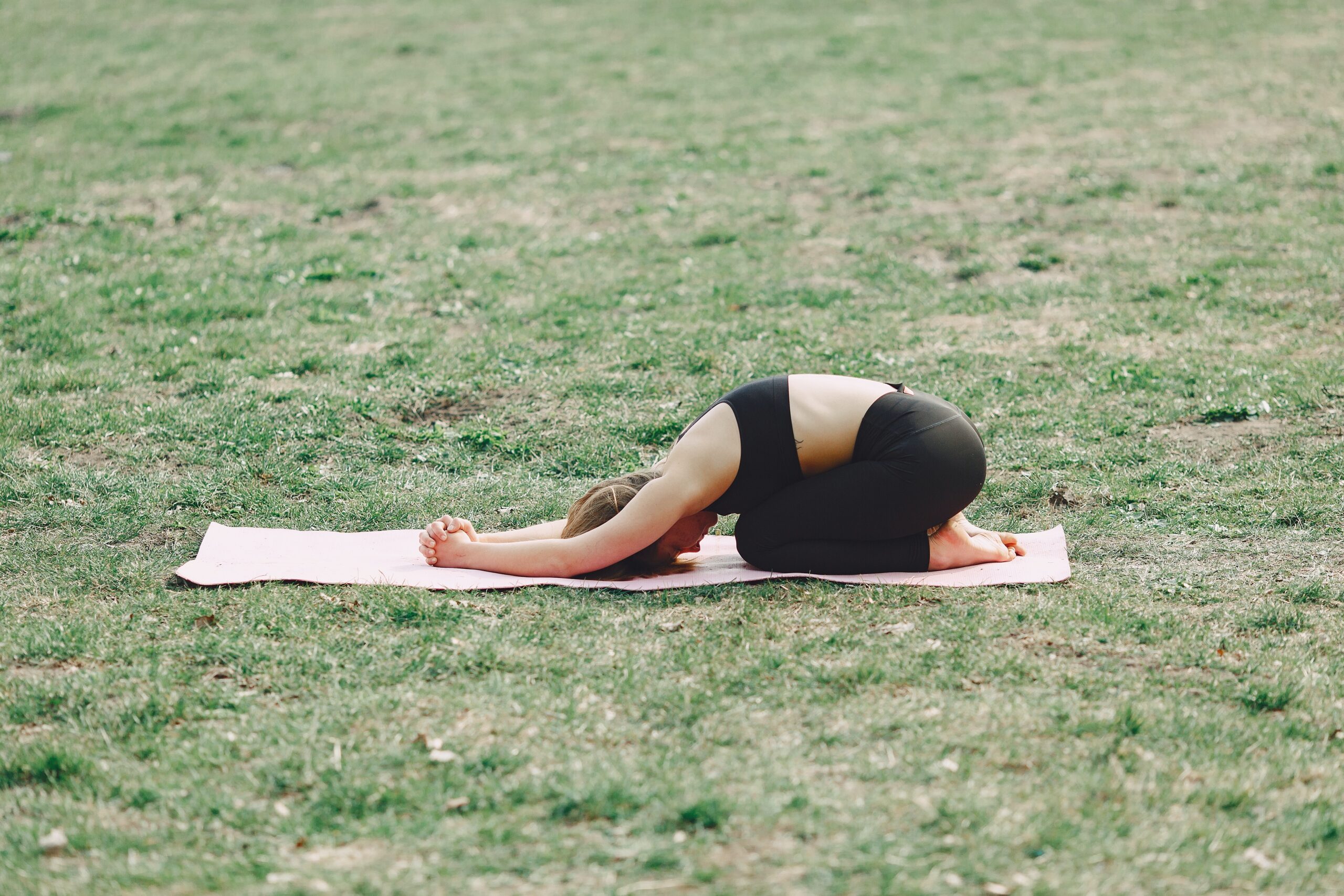
Ongoing Maintenance
-
Regular Check-ins:
– Pay attention to your body and regularly assess how it feels. If you notice any tightness or discomfort, address it promptly through targeted exercises or release techniques.
-
Hydration and Nutrition:
– Stay adequately hydrated to support muscle function and tissue elasticity. Consume a balanced diet rich in nutrients to promote overall health and recovery.
-
Posture Awareness:
– Maintain proper posture during daily activities and exercises. Poor posture can contribute to pelvic misalignment and tightness. Ergonomic adjustments in your workspace and daily habits can be beneficial.
-
Cross-Training:
– Engage in cross-training activities to prevent overuse of specific muscle groups. Alternating between different types of exercises and activities can reduce the risk of imbalances and injuries.
-
Recovery Techniques:
– Incorporate recovery techniques such as ice baths, compression therapy, and rest days into your routine to support overall muscle recovery and reduce inflammation.
By combining these strength-building, release, and maintenance methods, athletes can promote and sustain optimal pelvic girdle health. Tailoring these strategies to individual needs and incorporating them consistently into a training regimen will contribute to long-term mobility, strength, and injury prevention.
